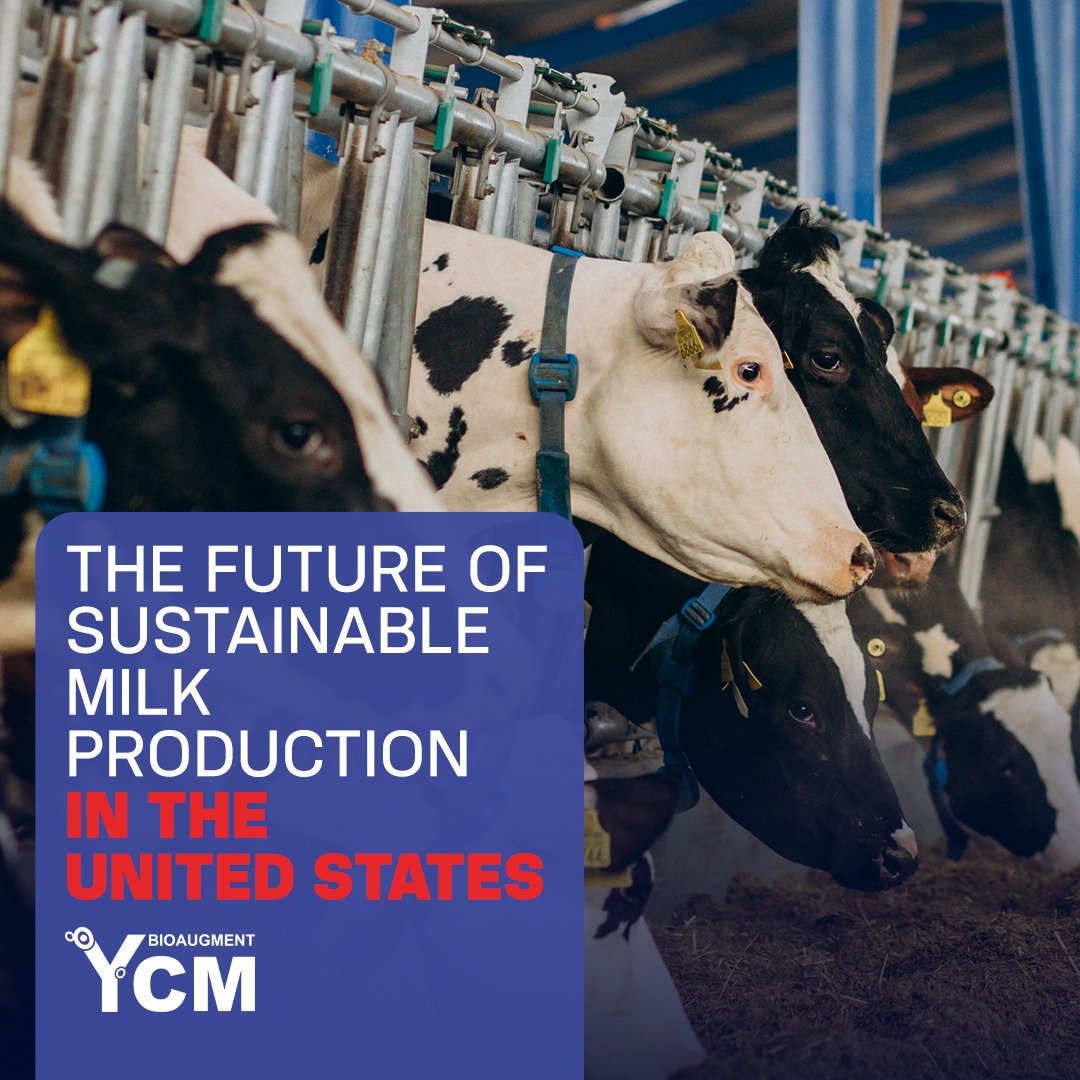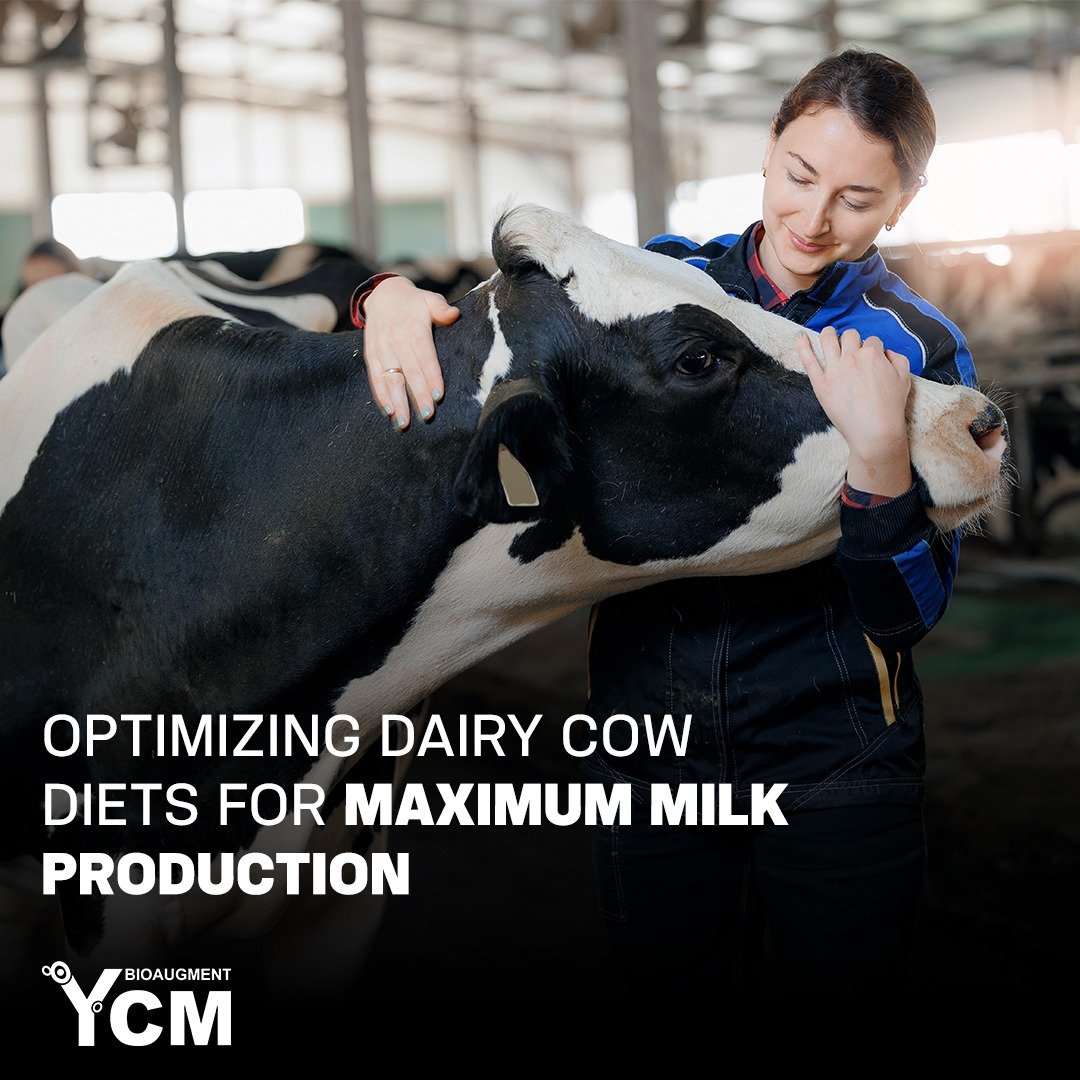Mastitis in dairy cows continues to be one of the most economically significant diseases in the U.S. dairy industry. It reduces milk yield, alters milk composition, and can lead to costly veterinary interventions and culling. Despite technological progress, mastitis prevention still depends heavily on effective herd management, nutritional balance, and udder health support.
Let’s explore how American dairy producers can reduce mastitis cases through science-backed nutrition, management, and postbiotic supplementation such as YCM (Yeast Culture Metabolites).
Understanding Mastitis in Dairy Cows
Mastitis is an inflammation of the mammary gland caused primarily by bacterial infections (e.g., Staphylococcus aureus, Streptococcus uberis, and E. coli).
It exists in two forms:
-
Clinical mastitis: Visible symptoms such as clots, swelling, or redness in the udder.
-
Subclinical mastitis: No visible signs but elevated somatic cell counts (SCC) and reduced milk quality.
Subclinical infections are particularly concerning because they quietly reduce productivity over time, leading to major financial losses.
Key Factors Contributing to Mastitis
Several farm-level conditions increase susceptibility:
-
Poor milking hygiene and contaminated equipment
-
Environmental exposure (dirty bedding, wet pens)
-
Nutritional imbalances, particularly lack of antioxidants like Vitamin E and Selenium
-
Weakened immune function due to stress, heat, or negative energy balance
-
High-producing cows with overworked immune systems
Best Practices for Mastitis Prevention on U.S. Dairy Farms
1. Maintain Excellent Milking Hygiene
-
Clean and dry teats before and after milking.
-
Use pre- and post-milking teat dips to reduce bacterial load.
-
Regularly service milking machines to avoid vacuum fluctuations and liner damage.
2. Ensure Comfortable Housing
-
Keep bedding dry and clean using sand, sawdust, or recycled manure solids.
-
Optimize ventilation to reduce humidity and bacterial growth.
-
Design stalls for proper cow comfort and lying time.
3. Balance Dairy Nutrition
A balanced diet is essential to maintaining immune resilience and udder health.
Include:
-
Vitamin E and Selenium: Support antioxidant defenses.
-
Zinc and Copper: Strengthen skin and udder tissue integrity.
-
Yeast Culture Metabolites (YCM): Enhance gut health and systemic immunity.
YCM supports rumen fermentation, nutrient absorption, and microbial balance—indirectly strengthening immune function and reducing mastitis susceptibility.
4. Support Gut-Immune Connection
Up to 70% of a cow’s immune system resides in the gut. A healthy gastrointestinal tract ensures better nutrient utilization and stronger disease resistance.
Postbiotic additives like YCM stimulate beneficial rumen microbes, improving digestion and immune signaling across the body.
5. Manage Transition Cows Carefully
The period around calving is critical.
-
Prevent negative energy balance to reduce metabolic stress.
-
Introduce YCM-based transition rations to stabilize appetite and immunity.
-
Monitor cows for early signs of inflammation or reduced milk output.
Benefits of Using YCM in Mastitis Prevention
YCM (Yeast Culture Metabolites) plays a multifunctional role in udder health:
-
Strengthens immune response to bacterial challenges.
-
Enhances rumen fermentation and feed efficiency.
-
Reduces inflammation and oxidative stress.
-
Improves overall herd productivity and milk consistency.
Regular inclusion of YCM in dairy rations can lead to lower SCC, improved udder condition, and fewer antibiotic treatments.
Building Healthier Herds Through Proactive Management
Preventing mastitis in dairy cows requires a combined approach—sound hygiene, balanced nutrition, and immune support through functional feed additives like YCM. By focusing on gut health and reducing oxidative stress, U.S. dairy producers can build more resilient herds, reduce treatment costs, and deliver higher-quality milk consistently.






